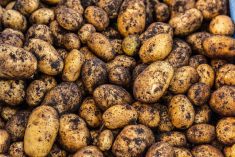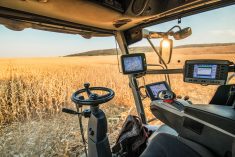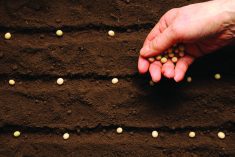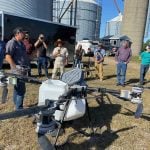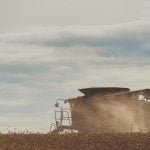Manitoba vegetable growers are hoping it will soon be their turn to enjoy the high prices that have pumped up profits for their grain- and oilseed-growing neighbours.
And, if not, they may eventually turn to other crops.
South of the border, corn and soybeans have been stealing acres away from every crop that’s not as profitable — “which is most everything,” said Tim Hannagan, a Chicago-based grains analyst with Alpari US LLC.
It’s hoped that buyers will start offering premiums to keep farmers growing veggies instead of the less-risky grains and oilseeds, but it’s not clear when, or if, that will happen.
Read Also
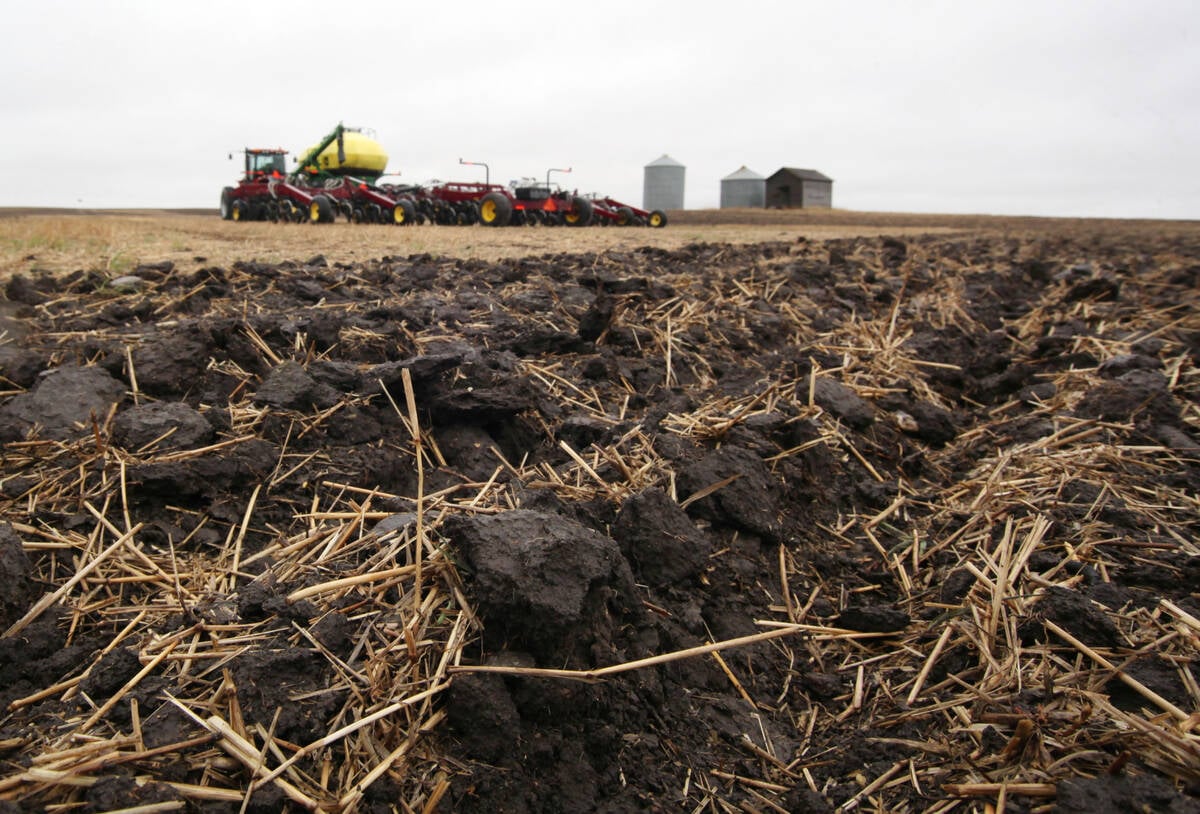
Sorting out the noise on fertilizer biologicals and biostimulants
Biologcials and biostimulants are gaining traction, but experts say Prairie grain growers still need to ask hard questions and look for data that backs up companies’ claims.
In Manitoba, just over 4,000 acres were seeded to commercial vegetable crops (excluding potatoes) in 2011 — down from about 5,000 acres in 2006. The major Manitoba vegetable crops are carrots, onions, sweet corn, cabbage, cauliflower, and broccoli. About 80 per cent are exported.
Production costs have been steadily rising and profits shrinking in recent years, said Todd Giffen, of Mayfair Farms in Portage la Prairie and president of the Vegetable Growers Association of Manitoba.
“It’s been tough for some producers,” he said. “Everybody is looking at cutting back to try and be profitable… making decisions of what crops to reduce or drop to be sustainable.”
While vegetable crops generate a larger gross return per acre than other field crops, there is also a considerably higher risk involved, he noted.
“It doesn’t make sense for all of these other commodities to go up, and vegetables not to go up,” said Giffen.
Unless prices rise, producers will eventually turn to other crops with less risk, he predicted, even though they’ve made major investment in coolers, irrigation, warehouses, and equipment.
“Any producer, no matter what their main crop is, is always checking out other options to see if there’s a way to make more money with less risk,” said Tom Gonsalves, vegetable specialist with Manitoba Agriculture, Food and Rural Initiatives in Carman.
Gonsalves said he hasn’t heard of any major adjustments in the provincial vegetable industry just yet, but noted that any shift in acres away from vegetable crops would be taking place in larger farms, as the intensive market garden producers farming only a few acres are not likely to switch.
Raising prices isn’t easy, he noted.
“In the vegetable world, like it or not, prices are set by (asking), ‘What would it cost to bring onions in from somewhere else into this marketplace?’” said Gonsalves.



